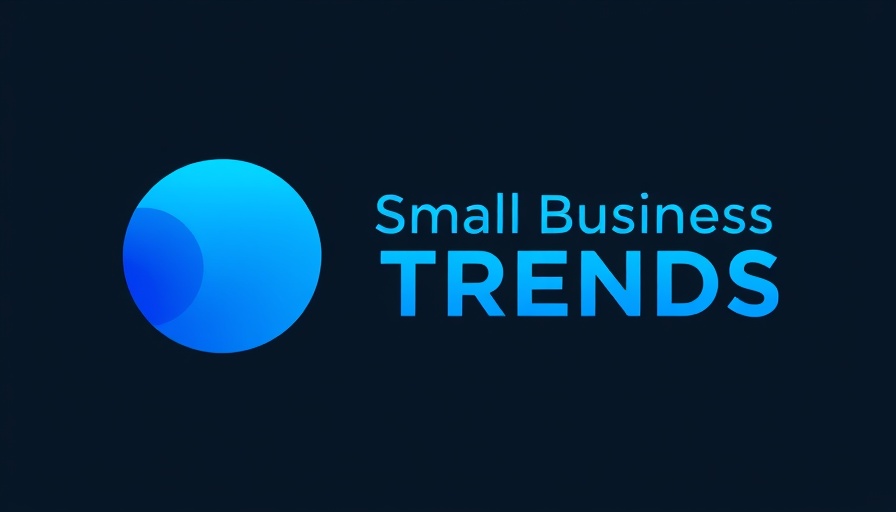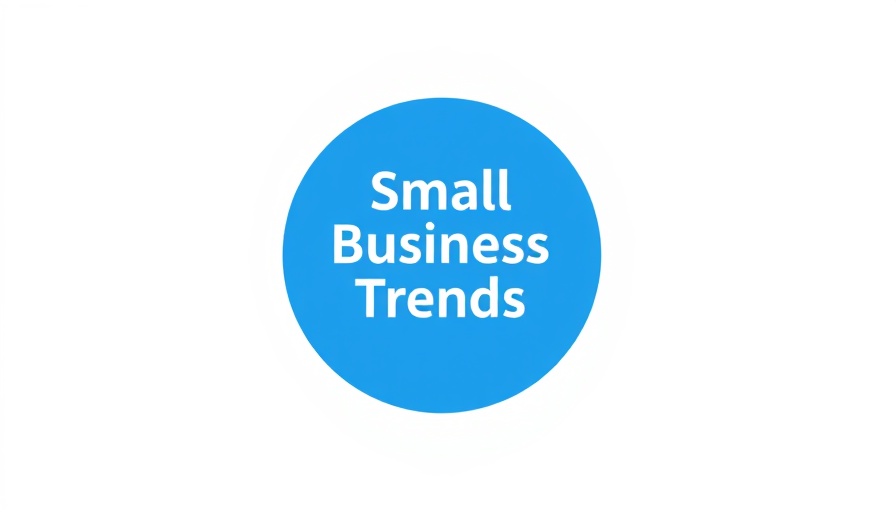
The Tipping Point of Digital Overload
As technology swiftly evolves, workers are grappling with its pervasive nature, particularly in the UK, where a recent study by Twilio revealed compelling insights about the changing dynamics of workplace productivity. This resonates strongly with tech-savvy individuals who remain engaged with the latest innovations and how they impact our lives. The demand for 'digital silence' highlights a critical juncture in how we balance connectivity with mental well-being. An alarming 36% of UK employees are calling on their employers to implement scheduled periods of uninterrupted time to rebalance their work environments.
Understanding Worker Sentiments
This pressing desire for digital silence underscores a shift in priorities, particularly evident among younger workers who often feel the greatest pressure to maintain an online presence. Research indicates that almost 38% of employees feel compelled to be constantly available. This percentage spikes to 47% among those aged 26-30, hinting at a generation that perceives connectivity as a career requirement. However, the call for established downtimes doesn't resonate equally across age demographics. The survey found only 21% of employees aged 18-25 are keen on scheduled breaks from digital communication. This discrepancy suggests a nuanced understanding of workplace culture where younger employees might prioritize engagement and networking over solitude.
The Impact of Digital Downtime on Productivity
According to the study, 40% of employees believe that continual notifications from emails and chats hinder their productivity. Alarmingly, for those between the ages of 51-55, this figure surges to 50%. The clustering of these statistics points to a significant challenge for employers: how to strike a balance between necessary digital engagement and the wellness needs of their teams. For small businesses, recognizing and addressing these concerns could serve not only as a retention strategy but also as a competitive advantage in attracting top talent.
Navigating Implementation Challenges
As businesses consider integrating digital downtime, they face logistical considerations that require careful planning. It’s crucial to align downtimes with overall business operations. Survey results indicate that Friday’s digital silence might be particularly beneficial, as 44% of employees express a preference for quieting their digital devices at the end of the week. However, companies should maintain seamless communication with clients and adapt their approaches accordingly to avoid any disruptions during these designated downtimes.
Strategies for Successful Digital Silence
The findings advocate for innovative strategies to implement periodic digital silences effectively while still meeting business objectives. For instance, employers can utilize project management tools to establish clear timelines where employees can focus without the constant distraction of immediate notifications. Furthermore, employers should cultivate a workplace culture that promotes limited responses to non-urgent communication, allowing employees to manage their time better. Educating employees about these expectations will also be essential in fostering buy-in, consequently reducing workplace anxiety.
Trends in Worker Preferences and Technology Solutions
The digital landscape continuously transforms thanks to advancements in AI and automation tools that help streamline communication processes. As these technologies advance, the potential for integrating more efficient communication practices will also enhance the likelihood of implementing effective digital silence policies. Workers are observing AI's various applications across industries, and many hope these innovations will alleviate some of the pressures associated with being 'on-call' at all times.
The Future of Workplace Connectivity
The call for digital silence is emblematic of a broader cultural shift within workplaces. While technology has the potential to foster collaboration and enhance productivity, it inadvertently imposes a continuous engagement cycle that could lead to burnout. Fostering an environment that respects employees' need for focus may be the key to a happier and more engaged workforce.
Moving Forward: Companies Can Lead the Charge
Ultimately, companies that prioritize employee well-being and implement structures that promote digital silence will not only see higher job satisfaction but also improve retention rates. As businesses evolve, so too should their strategies for managing technology within the workplace. By responding to these pressing needs, organizations can facilitate healthier work environments while remaining connected and productive.
In conclusion, as we navigate the rapidly shifting tides of the work landscape, it’s imperative for employers to engage with their teams about these preferences. Explore how your business can promote a healthier work-life balance by implementing thoughtful downtime strategies that resonate with your employees’ needs.



Write A Comment